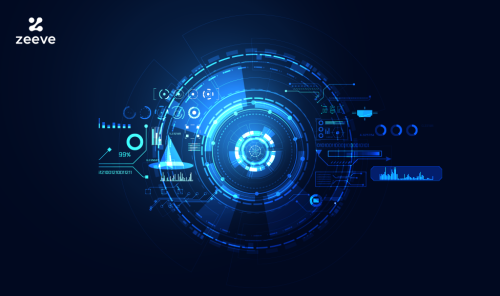
How to Use Substrate Framework to Efficiently Build Different Blockchains
Blockchain has shown a positive impact on many industries by reshaping the data sharing process. The blockchain network has grown into a vast ecosystem and has improved traceability, security, and transparency in every industry. Nowadays, there is a rapid adoption of technology among organizations to work efficiently.
However, the execution of the blockchain network is complex. Continuous scaling and updating are required in the blockchain, and the access should also be shared immediately with the users. The substrate framework is flexible, open, interoperable, and future-proof. Copying or cloning a blockchain isn’t a viable solution as you may risk repeating its previous mistakes.
One of the founders of Ethereum, Gavin Wood, has developed a framework known as substrate to facilitate blockchain development quickly. It acts as a catalyst for the advancement of blockchain. In this blog, we will understand the core components of the substrate. With more than 150 projects on the substrate, deploying the blockchain in an organization has never been easier.
What is the Substrate Framework
The substrate is the framework that is helpful in building the blockchain network. The technology is open-source, a ready-made framework is already there, and the developers have to change it as per requirement. Furthermore, the substrate is compatible to work on blockchain interoperability as it is known for a multichain future.
Also, the substrate has native support for the Polkadot network. A point to be mentioned here is that the substrate is not the only part of the Polkadot; it’s just that the Polkadot can be built easily with the substrate.
The substrate ecosystem has a strong community of developers who contribute to the share their pallets. You can search more on the substrate marketplace to know more about the community. The libraries are great for diving into resources and tutorials for blockchain development.
There are functions such as version and execute_block that are enough for building and scaling. The abstraction interface is an advantage in the framework. Thus, custom logic features can be integrated and customized easily.
Built-In Features in Substrate
The functionalities may differ from one to another, but the basic ones are the same for every module. There are full node templates to run the browser. The working consensus mechanism along with an API to interact with the blockchain and for the development of dApps. The on-chain of data is hassle-free, the reason being efficient database abstraction. There is a validator voting system and data replication functionality.
Substrate Node
On the top of the substrate pyramid is the substrate node. The node is the one with the prebuilt functionality. The substrate node has the least technical freedom which means that the customization isn’t easy. However, the initial genesis block can be changed. The node provides the default implementations for account management, consensus, and much more.
The outer part of the node is responsible for the transaction, while the second layer or the runtime handles the logic. To know more about the substrate node, you may check out the substrate playground, which showcases various backend and frontend templates.
Substrate FRAME
FRAME (Framework for Runtime Aggregation of Modularized Entities) is required for creating a runtime. The FRAME supports great freedom for creating blockchain logic from pre-existing libraries. The substrate’s prebuilt node template is helpful in extending the blockchain. While FRAME is facilitative when the goal is to create the blockchain from scratch.
The frames are further divided into FRAMEv1 and FRAMEv2. The FRAMEv1 has features such as — imports, dependencies, runtime configuration, pallet declaration, and runtime storage. The v2 has two more sections known as hooks and extrinsics. When we use FRAMEv2 the errors are detectable easily and allow users to develop the network accordingly.
Substrate Core
The core is essential to implement the runtime layer, which is a layer responsible for executing smart contracts and preserving the actions of the users. We can use the runtime and run it merged with the substrate node. There is better freedom available on the substrate core and it aligns well with the substrate ecosystem. The vital part is to follow the guiding principles of Substrate’s block generation and WebAssembly (WASM).
How to create blockchain on the substrate?
To create a blockchain on the substrate, first build a node in the development environment. Then simulate a two-node network to cross-check the working of all the interactions. Further, start a small network of validators by upgrading a runtime code.
By using Substrate Playground, developers can select between the node template and the front-end template. The advantage of using substrate playground is that the developers can skip the node setup and can work on the cloud-based sandbox.
The node template provides a skeleton framework for blockchain to work on the consensus, module, transaction, and governance. In addition, the front-end template has a modular UI, and it has the components to interact with the node template’s runtime.

Advantages of Substrate Blockchain Framework
Technical freedom
There is a modular design with freedom in control of code on the substrate framework. A wide range of token standards are supported, and there isn’t any requirement to utilize a transaction-based architecture.
App integration
Other than the advantage of the immediate creation of blockchain, the substrate framework is great for integrating apps with the web. The app interaction is directly with the network, and the customization is wide-ranging.
Usage of Rust
The usage of Rust language is also an added benefit as the language’s logic is similar to Javascript. This simplifies the development process of the blockchain network. Rust is faster as it doesn’t have any runtime collector.
Forkless upgrades
The updates are forkless because of the use of WASM. The WASM supports a single software version and is beneficial when you have to compile a native binary. The environment of WASM supports many languages and is high-performance.
Sovereign governance
As the substrate framework provides true interoperability without using any bridges, the framework also goes well for sovereign governance. Governance is when every chain has its freedom to operate.
Applications of Substrate Framework
Cross-chain Bridges
The cross-chain bridge is for the burning and locking of the tokens and further minting of tokens. The substrate blockchain framework is used for creating the blockchain bridges. Further, the bridges are used to connect the applications with another network.
Custom blockchain
Other than the Polkadot network the substrate is useful in developing the autonomous customized blockchain. Launching a customized blockchain via substrate requires minimum effort as compared to other methods.
Parachains
Parachains are custom, project-specific, heterogeneous blockchain which runs parallel to layer 0. Parachain runs parallel to the relay chain. The use case of Parachain is to settle transactions between the network. There are parathreads as well, which are used when there is a requirement for — an application that needs more ratio of reads than writes.
Pallets
Pallets are an integral part of the substrate framework and are domain-specific runtime modules. The users can use the pallets for modification and extension to create the runtime logic. The substrate marketplace is great for searching the available pallets. The pallets present on the Substrate are more tailored and are easier to build.
Relay Chain
It is the center chain on the Polkadot network. The chain allows cross-chain token transfer between different blockchain networks. The relay chain connects the parachains, allowing communication with an external blockchain network. The substrate can be employed to build a relay chain to improve blockchain interoperability further.
End Note
There are many tutorials regarding the installation and customizing of the substrate framework for those who want to try it. However, diving a bit deeper into the modules requires expertise, and thus partnering with a blockchain deployment platform would be favorable. Substrate — the most demanded framework is also the most reliable framework
To conclude, we would say with a substrate framework, the implementation of blockchain logic becomes fast, safe, easy for the developers, and beneficial for the enterprises. In the future, many features will pop up and will empower both the developers and the organizations.
Partner with Zeeve
Substrate offers immense features and will benefit the organization by leveraging the technology. Are you still speculating how you will launch the substrate framework efficiently? We at Zeeve are here to help you. Connect with us to develop a blockchain platform in accordance with the substrate blockchain framework.
Zeeve is the leading Web 3.0 and Blockchain Infrastructure Management platform trusted by thousands of Blockchain Startups, Enterprises, and Web 3.0 Developers. To learn more about Zeeve, feel free to connect with us on Twitter and Telegram.



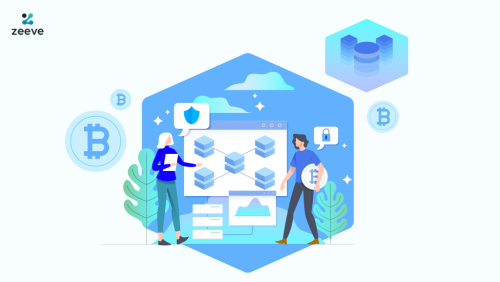
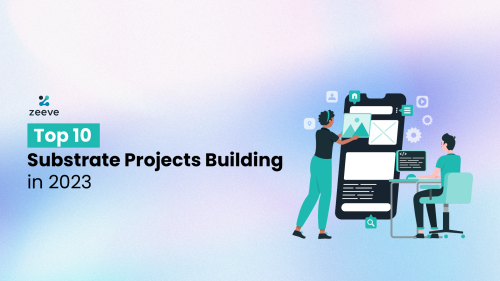
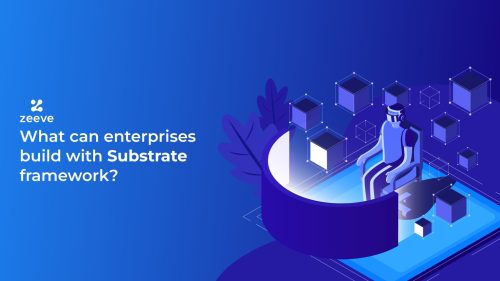
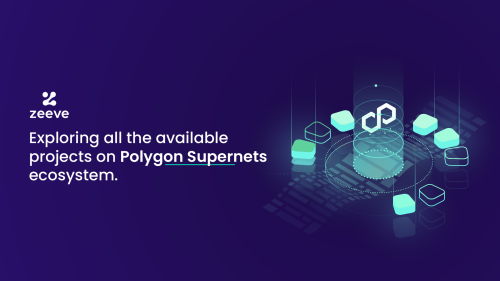
Responses